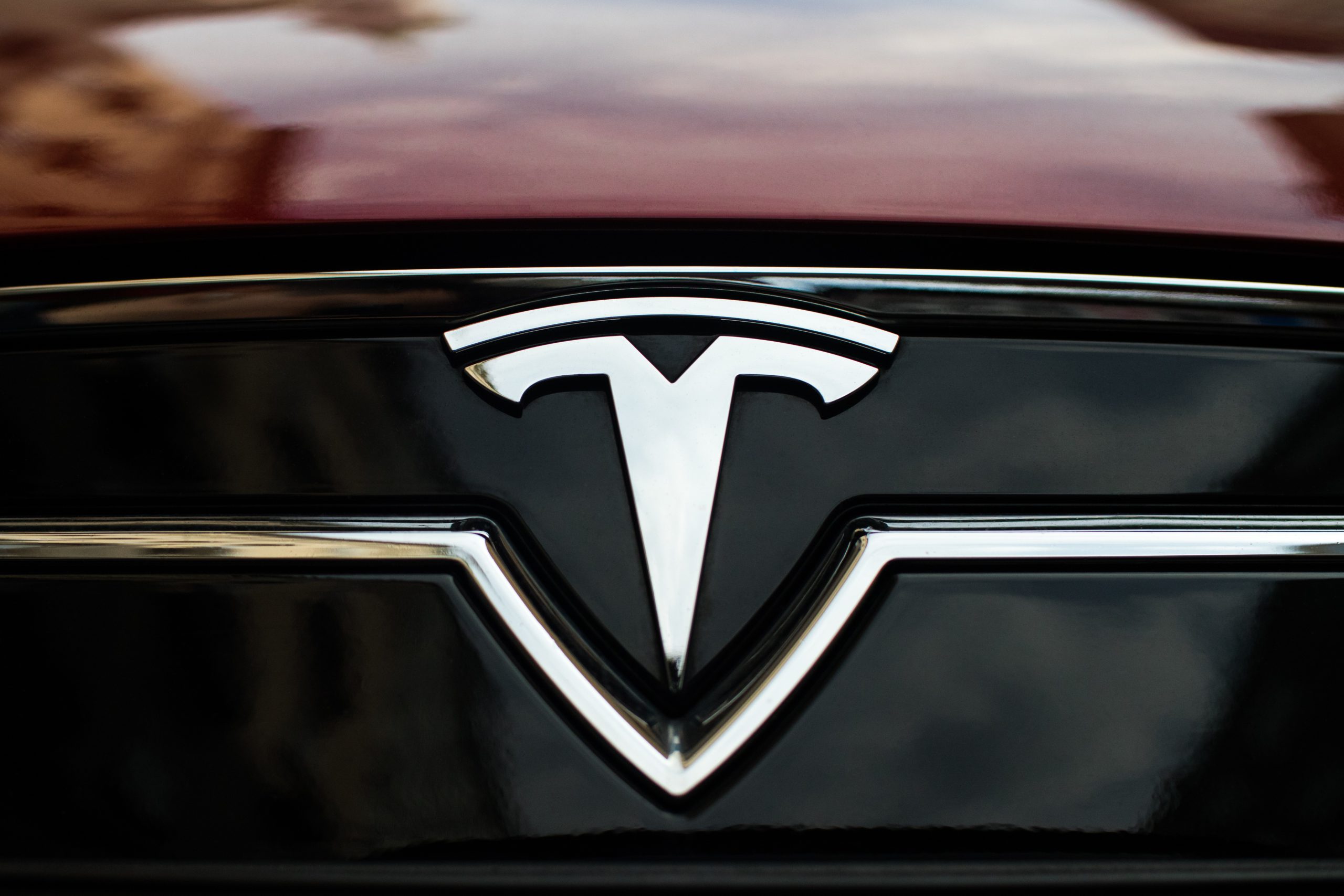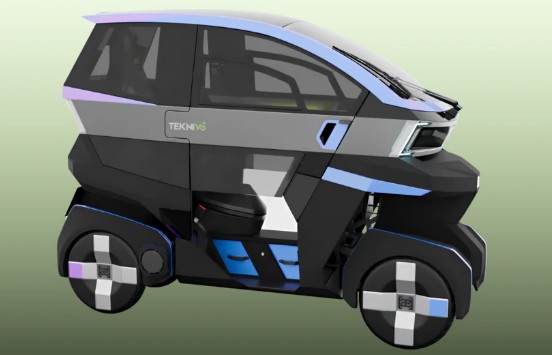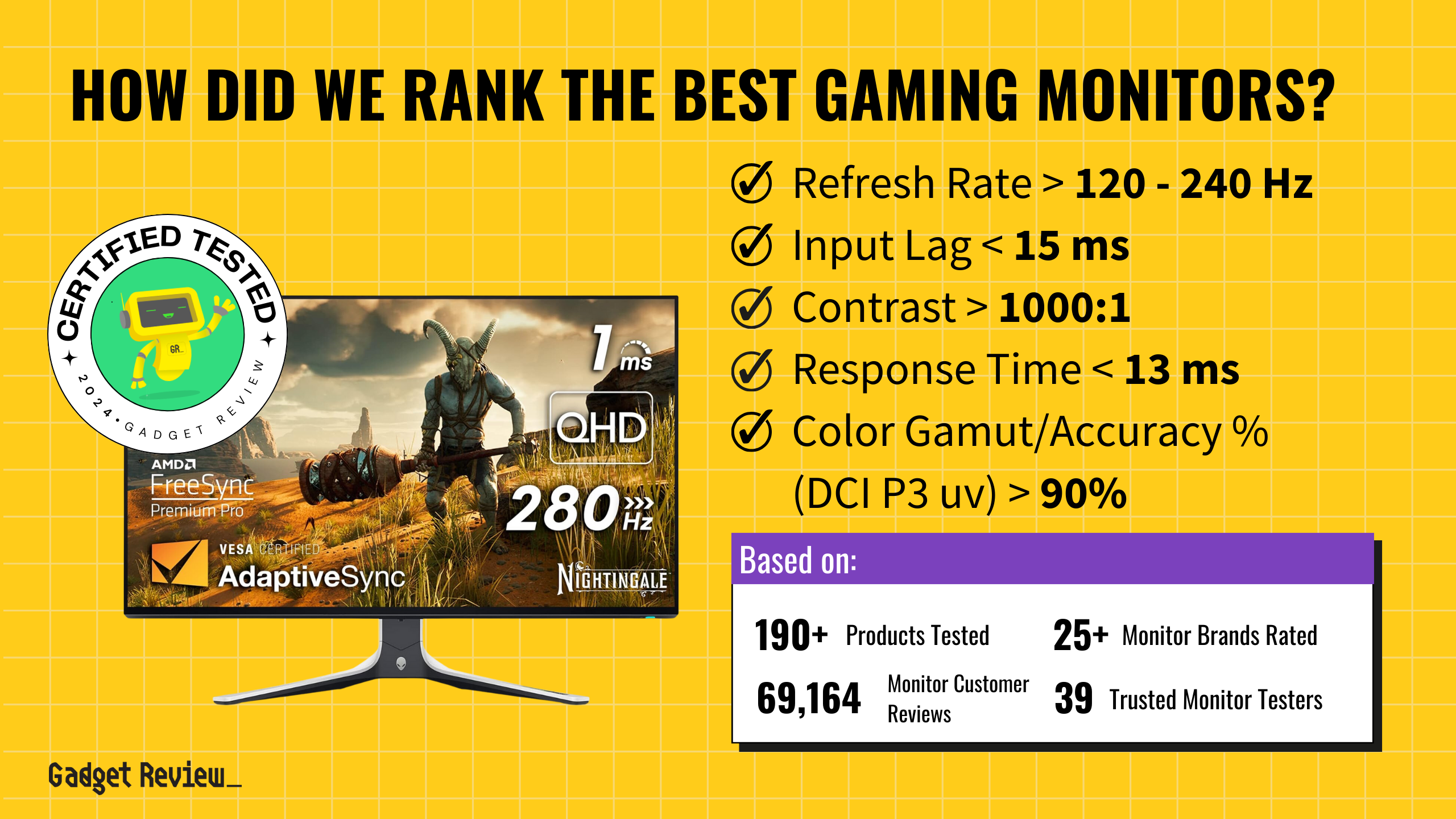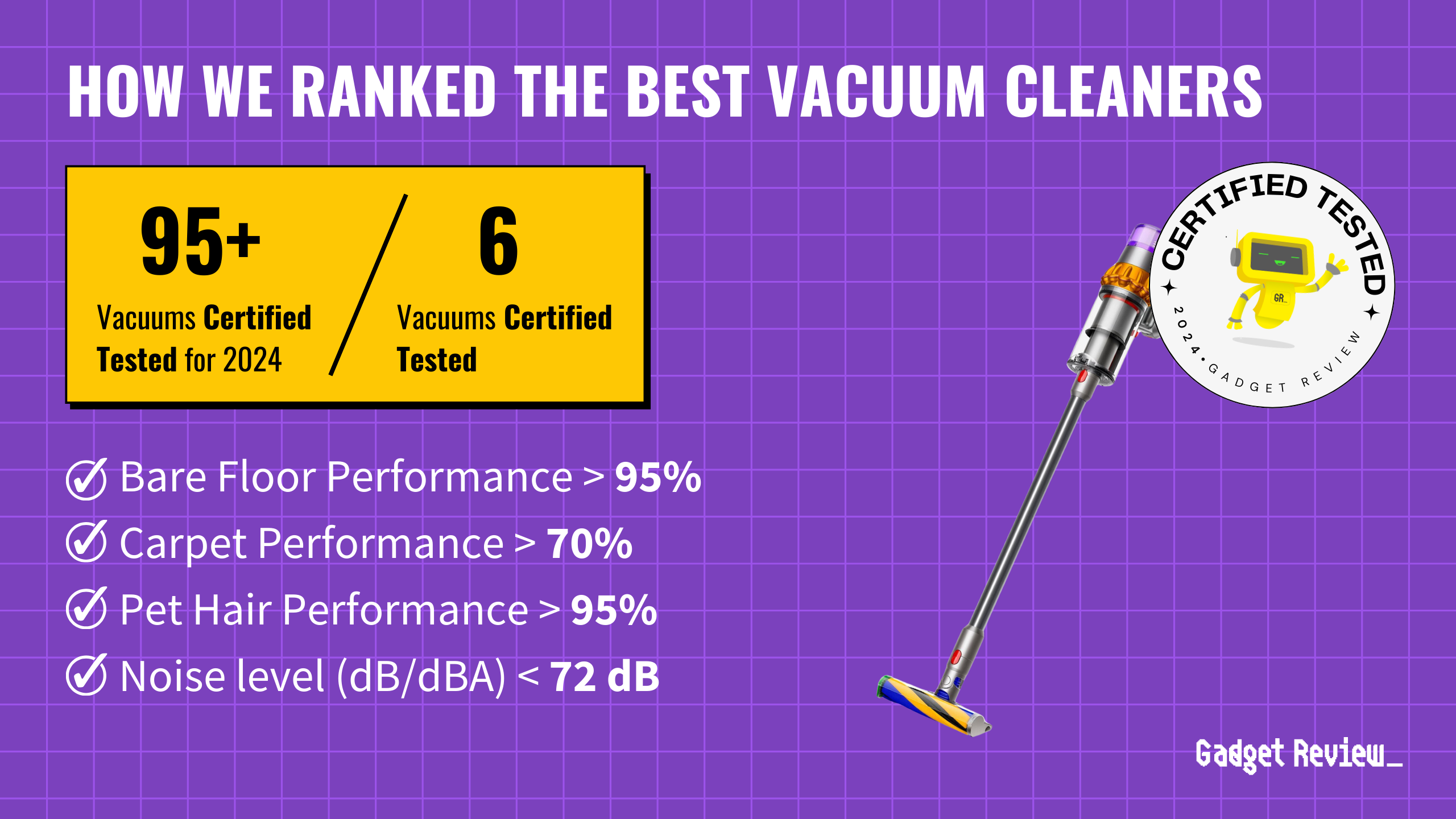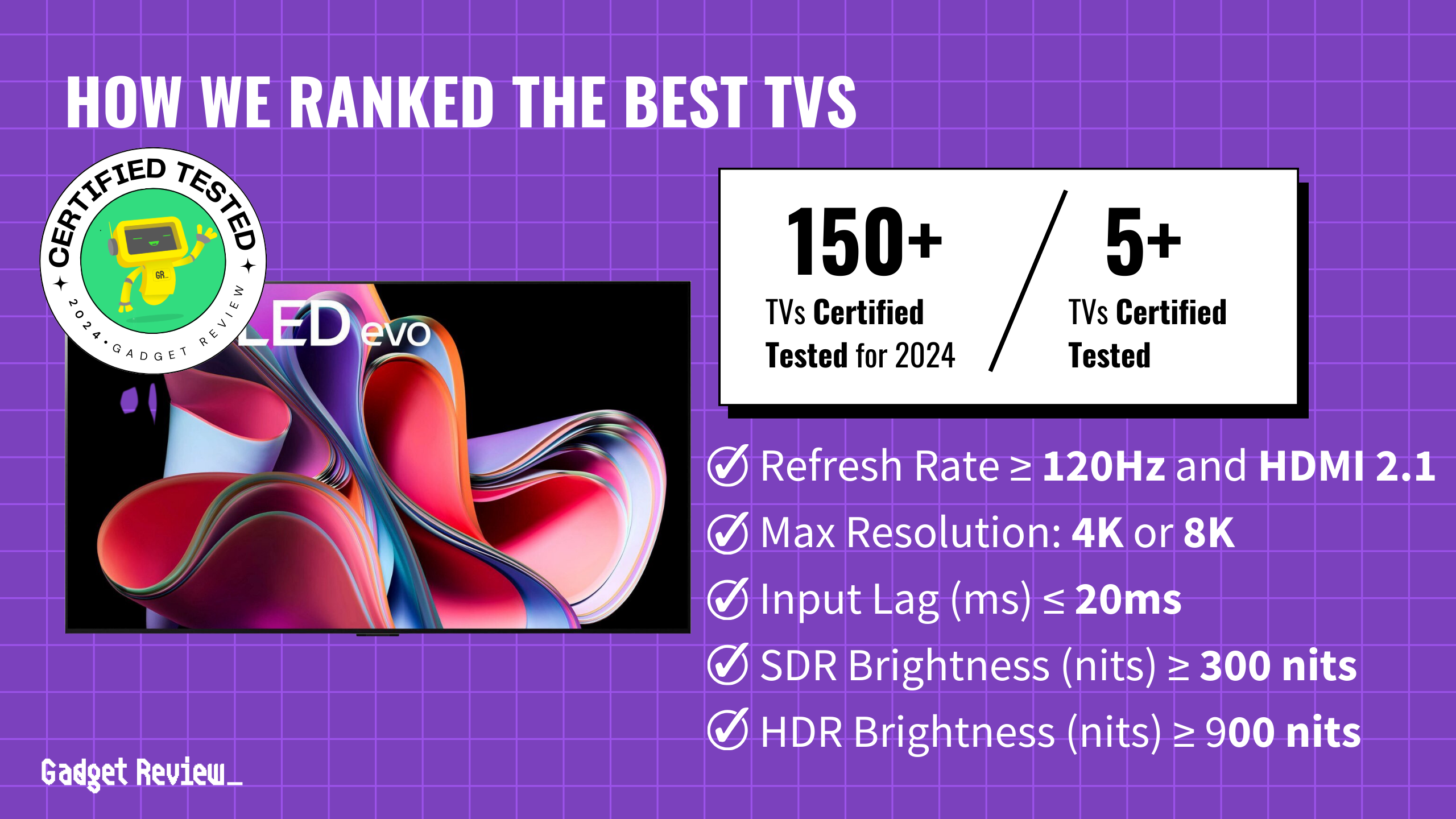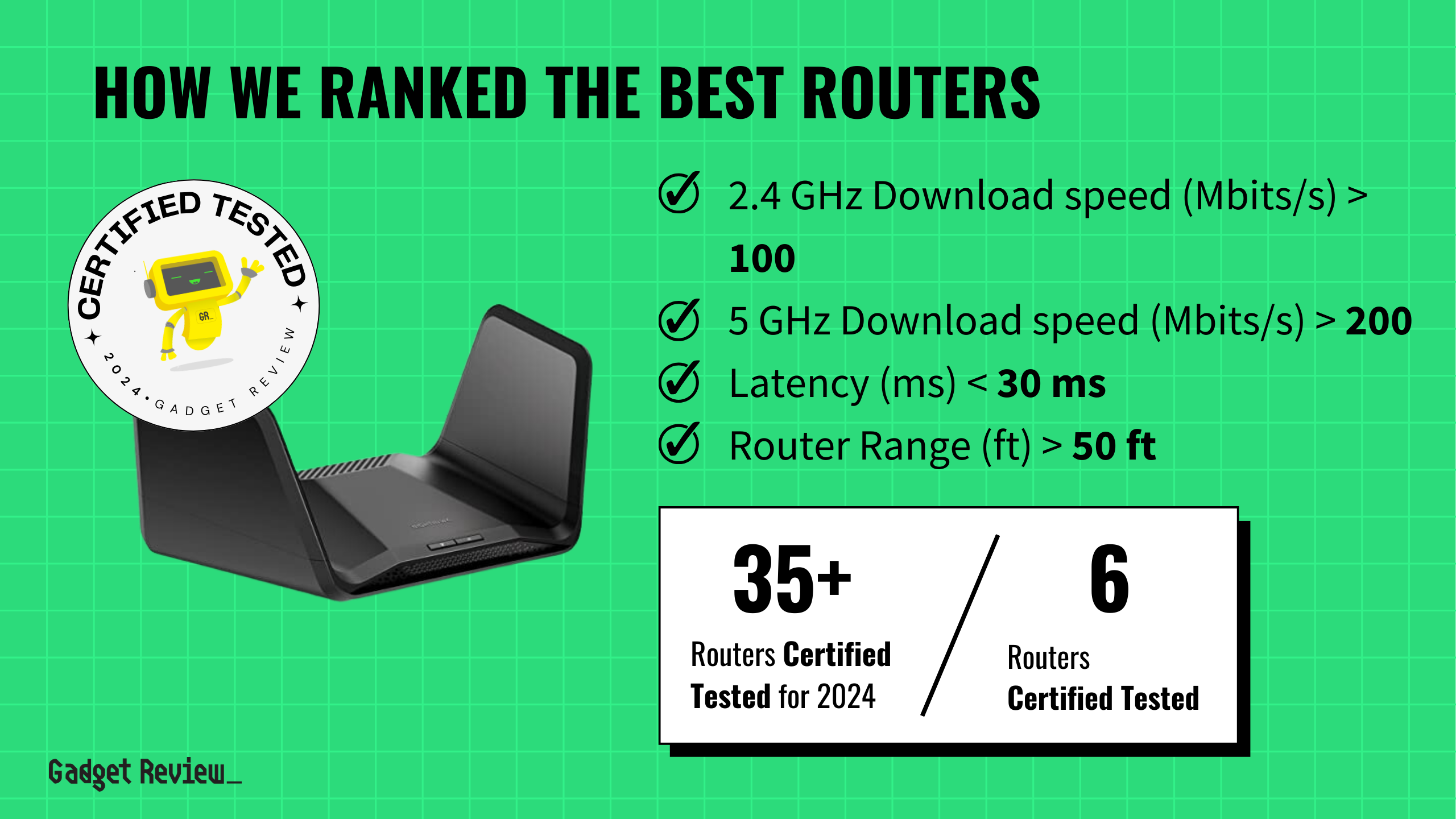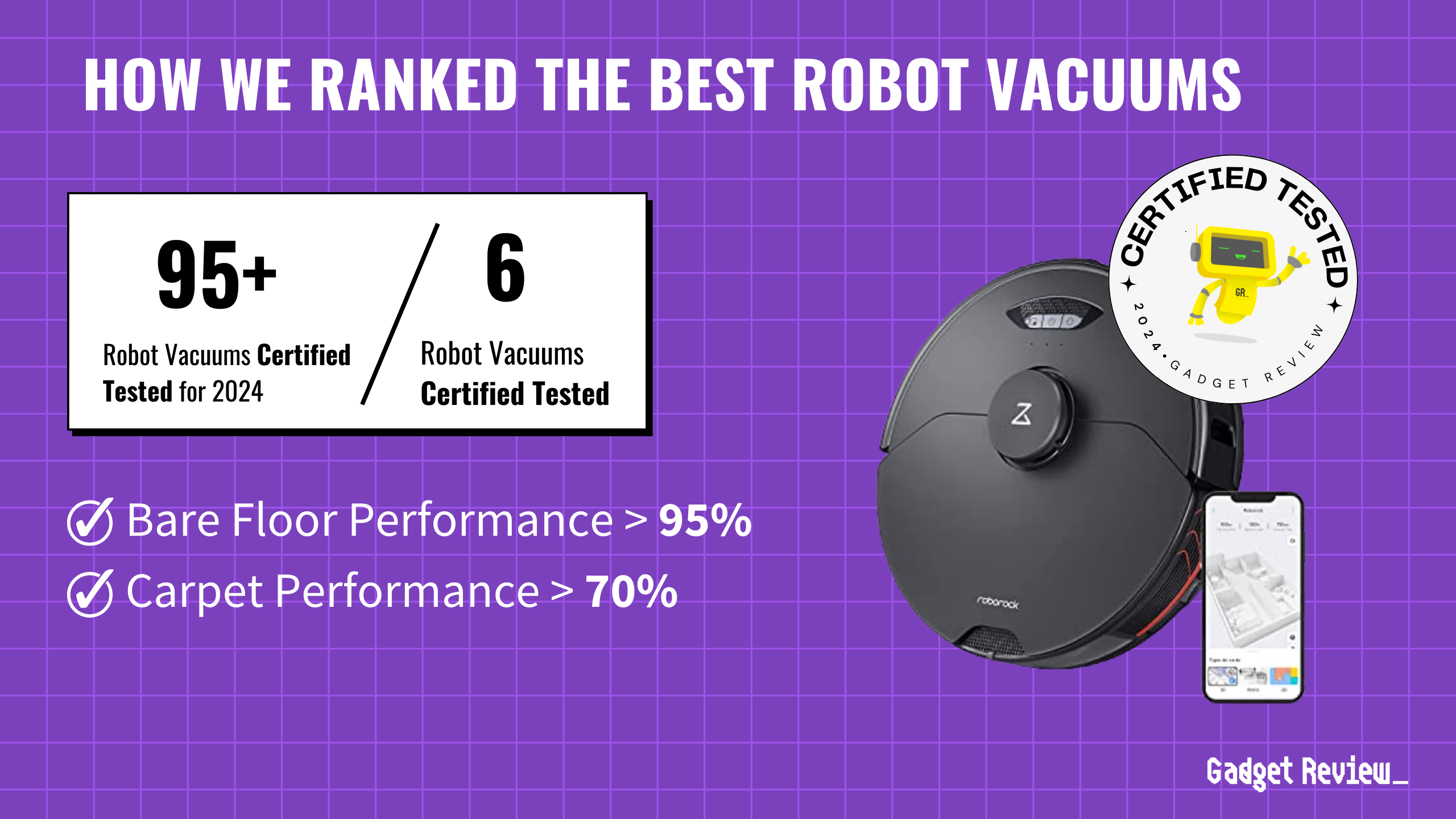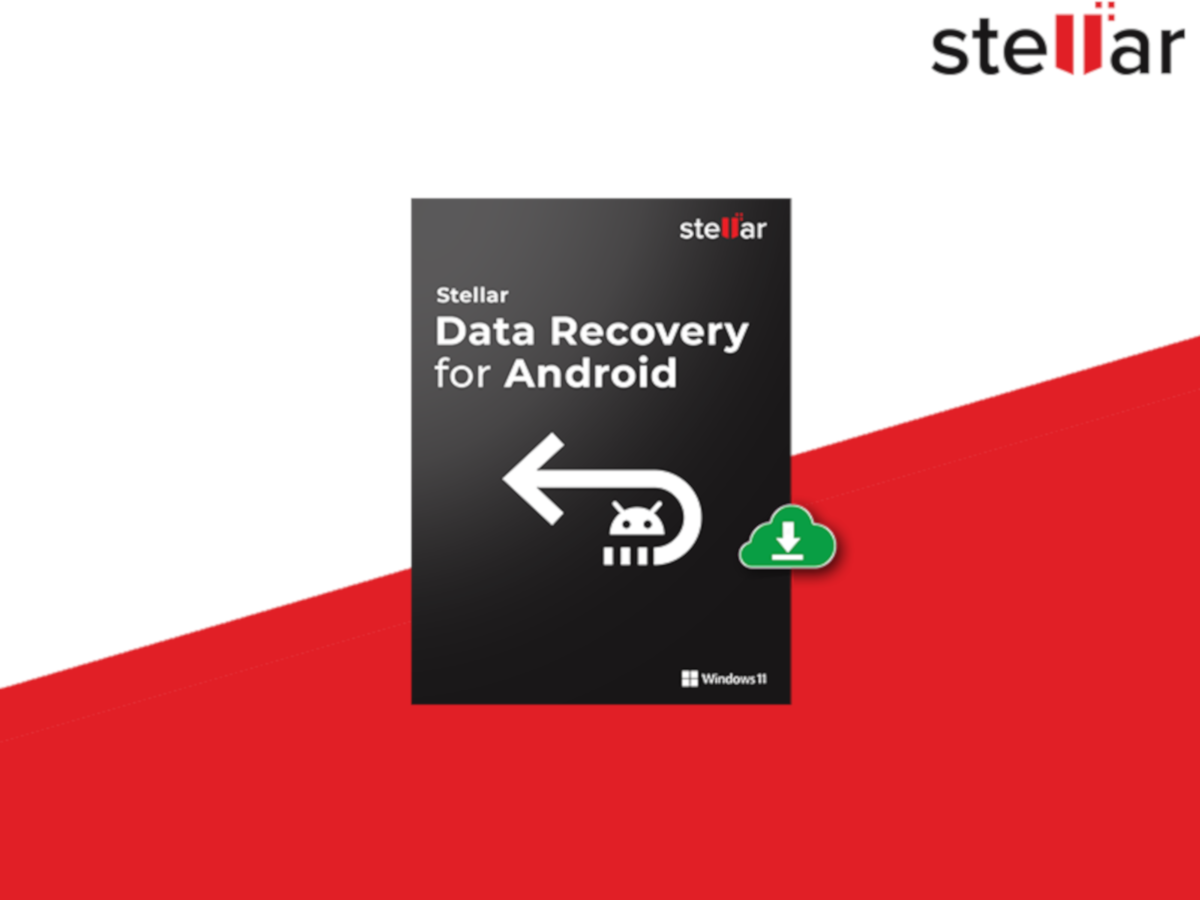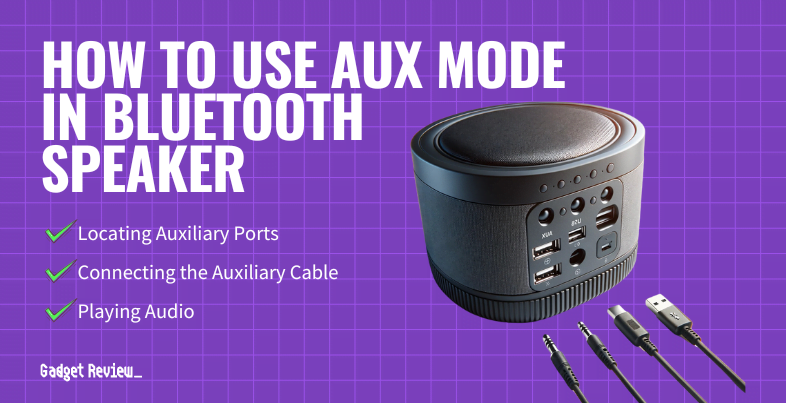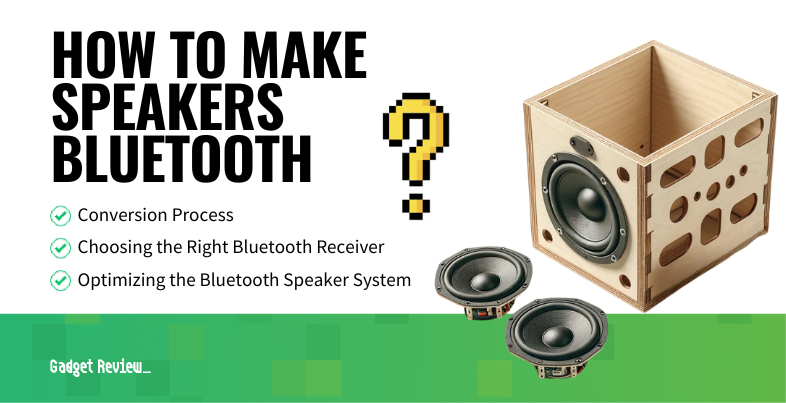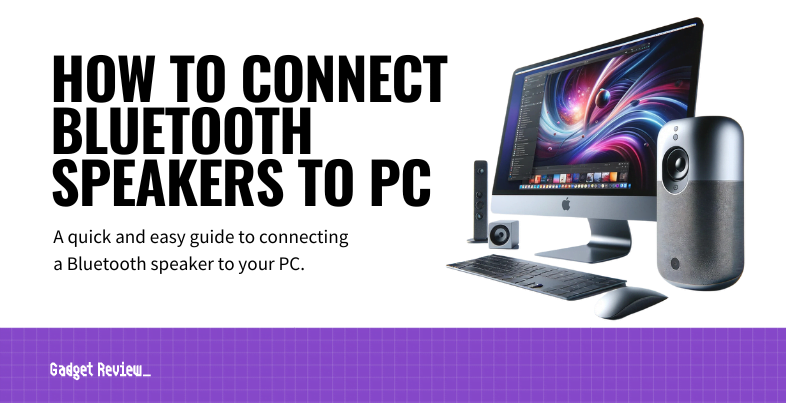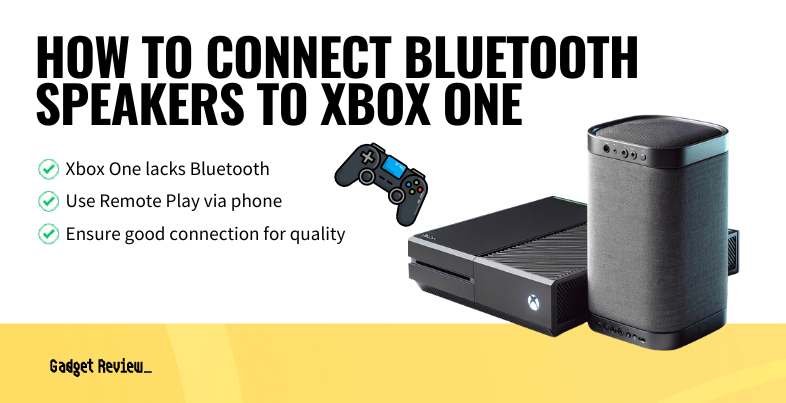This decade could witness quantum computers that make today’s supercomputers look like pocket calculators. IBM’s “Starling” system promises to execute 100 million quantum operations by 2029, while Google pursues error-corrected quantum hardware on a similar timeline. These aren’t incremental upgrades—they represent a fundamental shift in how we process information, potentially cracking encryption that protects your bank account while discovering new materials for better batteries.
The Million-Qubit Mountain
Building quantum computers requires overcoming physics challenges that make rocket science look straightforward.
The technical hurdles resemble trying to conduct an orchestra where every musician exists in multiple states simultaneously. Current quantum machines struggle with “crosstalk”—unwanted interference between qubits that corrupts calculations faster than a TikTok trend dies. IBM’s 433-qubit Condor chip highlighted this problem so dramatically that engineers had to redesign fundamental components.
Google’s approach focuses on error correction, essentially teaching quantum systems to catch and fix their own mistakes in real-time. Their Willow chip demonstrates these error reduction techniques that could enable practical quantum applications.
Corporate Roadmaps vs. Reality
Tech giants are betting billions on quantum timelines that some experts consider optimistic.
IBM plans to connect multiple quantum processors for over 4,000 qubits by 2025, building toward their fault-tolerant Starling system by decade’s end. Yet Amazon’s quantum experts suggest practical utility remains 15 to 30 years away, while IBM acknowledges the $1 billion cost for full-scale systems. Government agencies like DARPA are reviewing which quantum approaches show the most promise, hedging bets on competing technologies.
What Quantum Supremacy Actually Means
Beyond the hype, quantum computers could reshape everything from drug discovery to climate modeling.
These machines won’t replace your laptop—they’ll tackle problems classical computers can’t touch. Imagine simulating molecular interactions for new medications, optimizing traffic patterns across entire cities, or modeling climate systems with unprecedented accuracy. The 200 logical qubits IBM targets for Starling could advance materials science, potentially contributing to more efficient solar panels or breakthrough battery new technologies.
Quantum computing‘s arrival feels both inevitable and impossibly complex. While corporate confidence runs high, the physics remains unforgiving. Your current encryption might not survive the decade, but whether these quantum promises materialize on schedule depends on solving engineering challenges that have stumped researchers for years.








